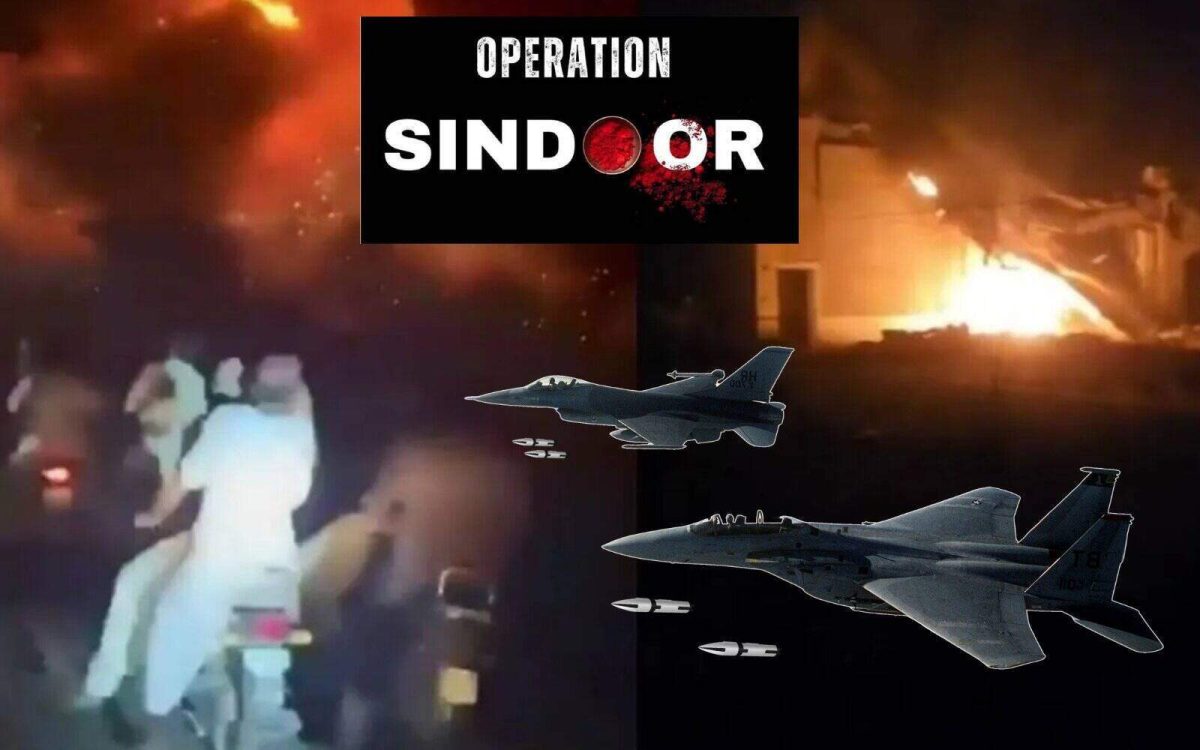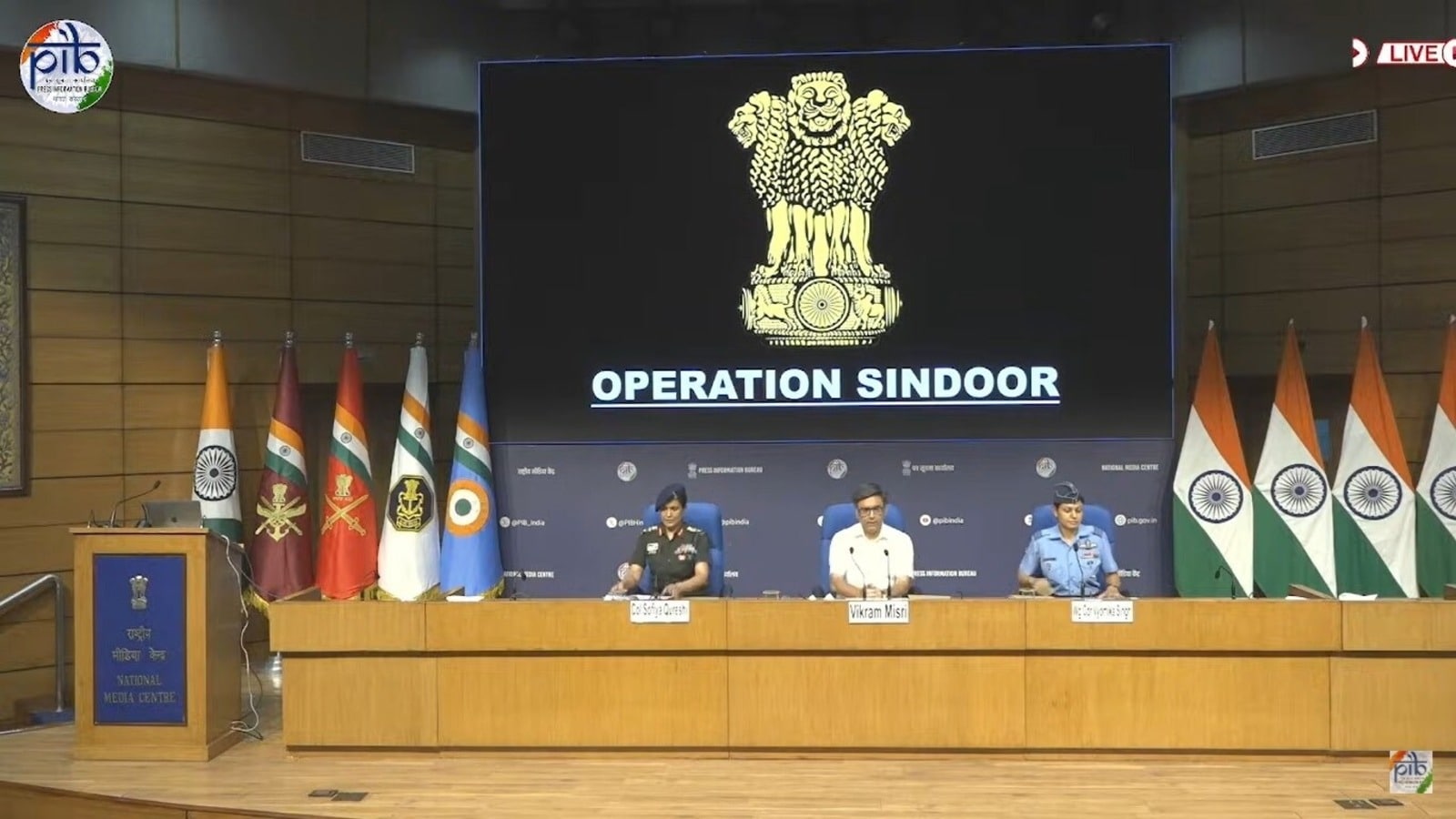
In a swift and resolute action, the Indian military launched Operation Sindoor, a surgical military strike on terror camps in Pakistan and Pakistan-occupied Kashmir (PoK). The response followed the fatal Pahalgam terror attack in Jammu and Kashmir on April 22, 2025, that resulted in the deaths of 26 Indian civilians and 1 Nepali civilian.
After this operation, the Indian forces issued a definite public message: it is “fully prepared to face any escalation” from Pakistan. This is a straightforward gesture of determination, strategy, and national security preparation to domestic as well as overseas observers.
On April 22, militants attacked a bus in the Pahalgam region of Jammu and Kashmir. The attack killed over two dozen and injured over 40. The victims were mostly pilgrims and local citizens. The incident stunned the country and sparked mass public outrage. The Indian intelligence community soon established the perpetrators’ connections to terror outfits based in Pakistan.
Diplomatic tensions followed shortly. India left no illusions that inaction was not an option anymore. Defense ministry and strategic leadership started crafting a response that would be strong but targeted.
Operation Sindoor was initiated in the pre-dawn hours of May 6, 2025. Based on reports given by The Economic Times, India conducted precision missile strikes on at least nine terror-associated sites in Pakistan and PoK, including Muzaffarabad and Bahawalpur.
The operation targeted exclusively facilities belonging to outfits such as Jaish-e-Mohammed and Lashkar-e-Taiba, both of which are globally listed terrorist outfits. The precision attacks were designed to destroy training facilities, arms stores, and communication hubs.
Indian Air Force, Army, and intelligence organizations worked hand in glove to minimize civilian casualties. Sources confirm that India utilized non-GPS reliant missile systems to block the possible jamming by adversary surveillance.
Soon after the operation, the Chief of Defence Staff (CDS) and officials from the Ministry of Defence spoke to the media, telling them that the three arms of India’s defence—Army, Navy, and Air Force—are on maximum operational alert. They asserted that even though India doesn’t want war, any move by Pakistan as a retaliatory measure will face more force and accuracy.

🎯”We have prepared for all kinds of reactions and have contingencies in place. All measures have been taken to secure the safety of our citizens and sovereignty of our land.”
— Indian Defence Spokesperson
Army bases in border states such as Punjab, Rajasthan, and Jammu have been put on high alert. Airbases are working in round-the-clock watch mode, and Indian Navy warships have been shifted in the Arabian Sea to keep any sea-based threat at bay.
Pakistan’s Foreign Ministry was quick to condemn the attacks as “unprovoked aggression.” It, however, refused to confirm damage or civilian casualties. International agency reports are still filtering in, but tensions have escalated.
Major world powers such as the United States, France, and Japan have called for restraint from both parties, although the majority of them have supported India’s right to self-defense, particularly in response to recent terror attacks.
In a pre-emptive measure, the Indian government has initiated Operation Abhyaas, which is a civil defence drill in over 240 districts. The exercise encompasses air raid sirens, blackout drills, and emergency preparedness training for the public.
These measures are intended to enhance people’s preparedness for any escalation. Civic bodies, schools, and hospitals have been given detailed instructions on how to act in the event of an emergency.
Operation Sindoor is not India’s initial cross-border retaliation against terrorism, but the timing, preparation, and employment of cutting-edge missile technology betray a matured strategic thinking. In contrast to previous operations, this one includes a pre-publicized civil defense layer, synchronized diplomatic outreach, and overt military preparedness.
Experts are of the view that this may change the way India addresses future threats from across the border. It indicates that India will no longer adopt the wait-and-watch approach whenever its people are attacked.
For most Indians, this strike is an assurance that the state cares about national security. Border tensions are never good news for peace, but strong action such as this can discourage future assaults and guarantee that India’s sovereignty is not touched.
The people need to be vigilant, well-informed, and careful—but not panicked. Public communication channels and emergency helplines have already been set up by government agencies.
At Numone Technologies, we are convinced that information is a powerful force. We have observed immense public interest in such responsible, timely coverage of national security matters. It reflects the culture of unity and awareness that unites India from within.
Our team continues to provide readers with trending, useful, and accurate updates, while facilitating the digital evolution of public debate.
India’s military has once again demonstrated that courage, technology, and strategic vision are their biggest guns. While Operation Sindoor enters its final leg, the country’s warning to aggressor nations is clear and audible: India will safeguard its citizens, territory, and peace, at any expense.
Let’s remain educated, remain united, and stand behind our defence forces as they secure our future.
Leave a Reply